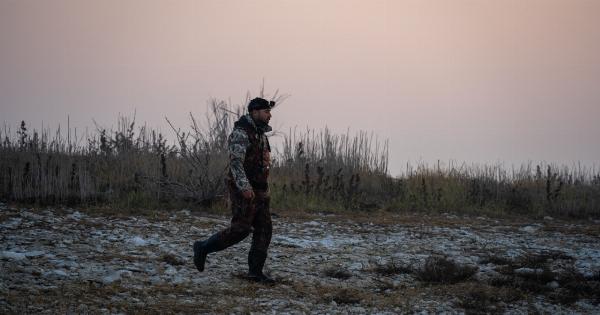Observation is a fundamental skill that underlies many aspects of our lives.
Whether it’s in our personal relationships, our work environments, or simply navigating through the world around us, being able to observe and notice the subtle details can greatly enhance our experiences. The art of observation goes beyond just looking— it involves actively engaging our senses and being present in the moment. By honing this skill, we can unlock a new level of understanding and appreciation for the world.
The Power of Awareness
Observation starts with awareness. In our fast-paced lives, it’s easy to overlook the small and seemingly insignificant details. However, it is often these unnoticed details that hold the key to deeper understanding and insights.
By consciously cultivating awareness, we start to open ourselves up to a world of hidden beauty and meaning.
Sharpening Your Senses
To become a keen observer, we must be willing to engage all of our senses. Each sense provides a unique perspective and adds depth to our observations.
For instance, when we rely solely on our sight, we may miss out on subtle sounds or scents that can provide valuable information about our surroundings. By consciously tuning into our senses and actively seeking out new sensations, we become more attuned to the intricacies of the world around us.
Practicing Mindfulness
Mindfulness is a powerful tool that can enhance our observational skills. It involves being fully present in the moment, without judgment or distraction.
By practicing mindfulness, we train our minds to be more receptive to the details that often go unnoticed. We become better at noticing the way a leaf dances in the wind or the small gestures that reveal the emotions of those around us. Mindfulness also helps us let go of automatic assumptions and interpretations, allowing us to see things with fresh eyes.
The Art of People-Watching
One of the best ways to practice observation is through people-watching. By simply observing the people around us, we can gain valuable insights into human behavior, emotions, and interactions.
People-watching allows us to notice the subtle nuances of body language, facial expressions, and vocal tones that often go unnoticed in our daily interactions. This skill can be especially useful in fields like psychology, marketing, or any profession that involves understanding and connecting with people.
Embracing Curiosity
Curiosity is the driving force behind observation. It is our innate desire to explore, understand, and make sense of the world. By embracing our curiosity, we become more inclined to notice the unnoticed.
We start asking questions, seeking answers, and uncovering hidden connections. Curiosity fuels our observation skills and propels us towards lifelong learning.
The Art of Stillness
In our fast-paced society, stillness has become a rare and undervalued art. Yet, it is in moments of stillness that observation flourishes.
When we allow ourselves to be still, whether through meditation, contemplation, or simply taking a pause in our day, we create space for deeper observation. Stillness allows us to slow down, focus, and notice the unnoticed details that can easily escape our attention in the midst of chaos.
Breaking Patterns
Observation is about breaking the patterns that govern our perception. Our minds often get caught in autopilot mode, relying on preconceived notions and assumptions.
To truly see the unnoticed, we must be willing to challenge these patterns and step outside of our comfort zones. By embracing new perspectives and being open to alternative viewpoints, we can expand our observational horizons and unlock a world of possibilities.
Training the Observational Muscle
Observation, like any other skill, can be honed and perfected through practice. One way to train our observational muscle is through activities like sketching, photography, or writing.
These activities require us to pay careful attention to the details and capture the essence of what we observe. By engaging in deliberate practice, we become more adept at noticing the unnoticed and develop a keener eye for the world around us.
Unveiling the Extraordinary in the Ordinary
Observation allows us to see the extraordinary in the ordinary. By paying attention to the unnoticed details, we unearth hidden stories, connections, and beauty that may have otherwise gone unnoticed.
The way sunlight dances on a wall, the intricate patterns on a leaf, or the subtle change in someone’s expression—these everyday occurrences take on a new significance when observed with intention and curiosity.
The Transformative Power of Observation
The art of observation can be transformative. By noticing the unnoticed, we cultivate a deeper sense of gratitude, wonder, and connection with the world. We become more attuned to the present moment and find beauty in the simplest of things.
Observation opens our minds, expands our perspectives, and invites us to live with more intention and awareness. It is a skill that can enrich every aspect of our lives and help us embrace the art of living fully.
Conclusion
The art of observation goes beyond simply looking. It requires us to engage all of our senses, be present in the moment, and embrace our curiosity.
Through observation, we can uncover hidden beauty, gain valuable insights, and connect with the world on a deeper level. By nurturing this skill, we invite the unnoticed into our lives and transform the ordinary into the extraordinary.































